Submitted:
22 November 2023
Posted:
23 November 2023
You are already at the latest version
Abstract
Keywords:
1. Introduction
2. Materials and Methods
2.1. Brake System
2.2. Brake Dynamometer Testing
2.3. Brake Full-Friction Work
2.4. Regenerative-Friction Brake Work Distribution
2.5. Measurement of Regenerative-Friction Brake Work Distribution during Vehicle Test
2.6. Brake Wear Particle Measurements
3. Results and Discussion
3.1. Friction Brake on Regenerative-Friction Brake Coordination System
3.1.1. Friction Brake Distribution
3.1.2. Friction Work
3.1.3. Brake Temperatures
3.2. Particle Emissions
3.2.1. PM10, PM2.5, and TPN
3.2.2. Mass Loss
3.2.3. Particle Mass Size Distributions
3.2.4. Particle Number Size Distributions
5. Conclusions
- As a quality criterion for the simulation of frictional work recovery on the brake dynamometer, we found that the frictional work measured in brake event #1-303 plotted near a 1:1 straight line for both controls against a target value, which was reached in this study.
- Even if friction work can be strictly controlled, this study showed that it is difficult to strictly reduce the variation in brake temperature.
- In the relationship between brake friction work and brake wear particle emissions, we observed that there was a linear correlation for PM10 and PM2.5 and a curvilinear correlation for PN.
- Results based on laboratory experiments in this study, as well as results measured in several vehicle tests, support the hypothesis that reducing brake friction work reduces emissions of brake-wear particles. This study observed that the commercially available PHEVs investigated in this study reduced emissions by 85% for PM10, 78% for PM2.5, and 87% for PN, compared to internal combustion engine vehicles.
- Aerodynamic particle mass size distributions were around 1–3 mm in mode diameter, with no significant differences due to friction brake distribution or to regenerative brake systems.
- Nanoparticles did not contribute significantly to overall PM emissions for the brakes investigated in this study; they ranged from 0.6 to 6.1% as PM0.12. However, the reduction of the friction brake distribution with the regenerative brake tended to reduce coarse particles in the micrometer size range due to abrasive wear, but nanoparticles tended to remain and slightly increased in that fraction.
- Emissions of nuclei mode particles (<20 nm), which have been observed in electric vehicle brake assemblies designed for regenerative braking use under high-temperature and high-load-braking conditions with full-friction brake conditions, were also observed in this study.
Author Contributions
Funding
Institutional Review Board Statement
Informed Consent Statement
Data Availability Statement
Acknowledgments
Conflicts of Interest
Appendix A. Experimental Conditions
| Run # | Conditions | Vehicle Types*2 | Brake Friction Work Coefficient | Inertialllllori(kg-m2) |
|---|---|---|---|---|
| 1 | Bedding | ICE | 1.00 | 47.8 |
| 2 | ||||
| 3 | ||||
| 4 | ||||
| 5 | ||||
| 6 | FFB | |||
| 7 | ||||
| 8 | ||||
| 9 | Reg. (0.625) | NOVC-HEV Cat. 1 | 0.625 | 29.9 |
| 10 | ||||
| 11 | ||||
| 12 | Reg. (0.31) | OVC-HEV | 0.31 | 14.8 |
| 13 | ||||
| 14 | ||||
| 15 | Reg. (0.15) | PEV | 0.15 | 7.17 |
| 16 | ||||
| 17 | ||||
| 18 | Reg. (0.107) | OVC-HEV*3 | 0.107 lllllorion average*4 | 5.1lllllorion average*4 |
| 19 | ||||
| 20 | ||||
| 21 | FFB | ICE | 1.00 | 47.8 |
| 22 |
Appendix B. Brake-Wear Particle Measurement
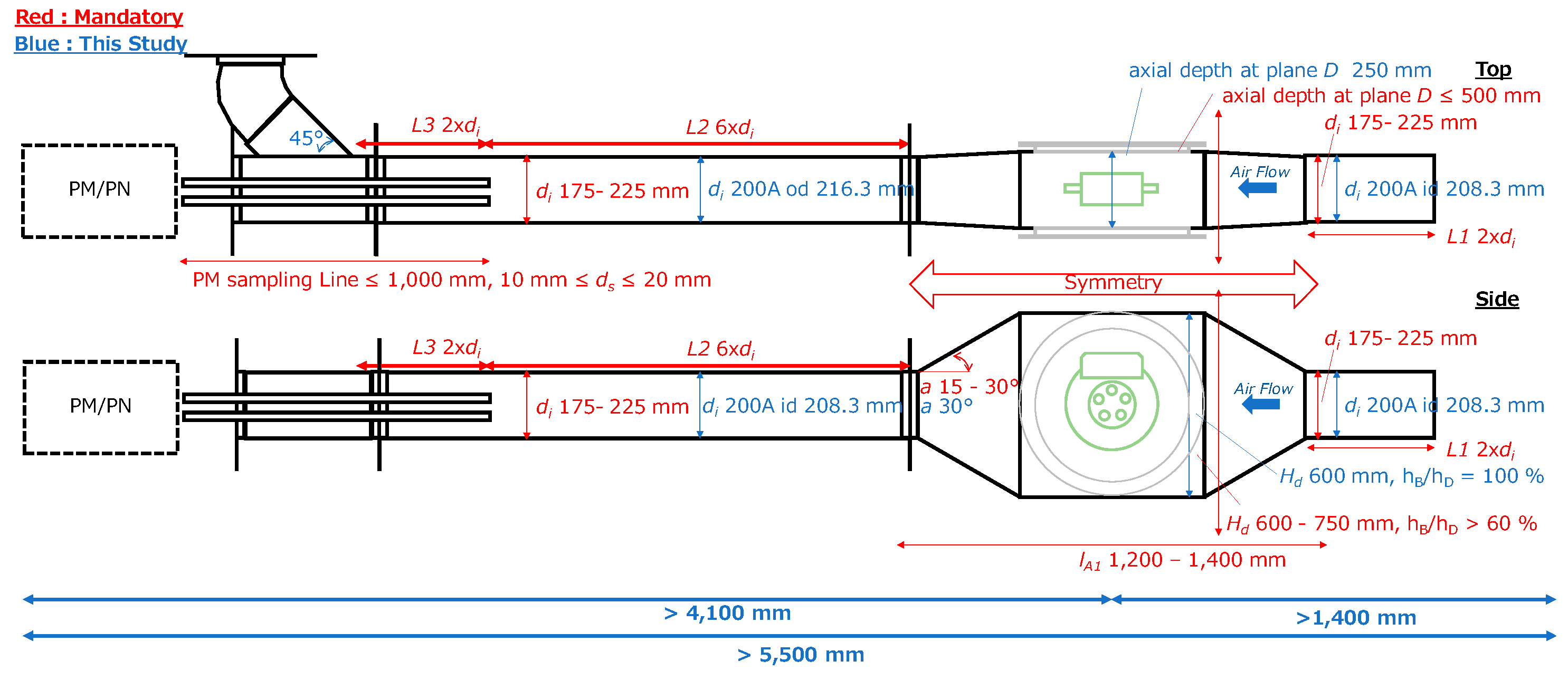
Appendix C. Wear and Emission Factors
| Run # | Conditions | Mass Loss | PM10 | PM2.5 | TPN | |||
|---|---|---|---|---|---|---|---|---|
| Inner Pad | Outer Pad | Disc | Total | |||||
| mg/km per brake | #/km per brake | |||||||
| 1 | Bedding | 1.06 | 1.05 | 0.87 | 2.98 | 1.86*1 | 0.61*1 | 5.84 x 109 |
| 2 | 1.31*1 | 0.43*1 | 4.13 x 109 | |||||
| 3 | 0.99*1 | 0.31*1 | 3.00 x 109 | |||||
| 4 | 1.00*1 | 0.31*1 | 2.38 x 109 | |||||
| 5 | 1.07*1 | 0.34*1 | 5.52 x 108 | |||||
| 6 | FFB | 0.80 | 0.24 | 1.60 x 108 | ||||
| 7 | 0.79 | 0.23 | 1.13 x 108 | |||||
| 8 | 0.74 | 0.22 | 8.80 x 107 | |||||
| 9 | Reg. (0.625) | --- | --- | --- | --- | 0.37 | 0.15 | 5.16 x 107 |
| 10 | 0.29 | 0.12 | 4.64 x 107 | |||||
| 11 | 0.33 | 0.14 | 5.15 x 107 | |||||
| 12 | Reg. (0.31) | 0.22 | 0.10 | 4.02 x 107 | ||||
| 13 | 0.16 | 0.09 | 3.16 x 107 | |||||
| 14 | 0.25 | 0.11 | 3.83 x 107 | |||||
| 15 | Reg. (0.15) | 0.09 | 0.04 | 1.52 x 107 | ||||
| 16 | 0.08 | 0.04 | 1.40 x 107 | |||||
| 17 | 0.07 | 0.03 | 1.31 x 107 | |||||
| 18 | Reg. (0.107) | 0.10 | 0.05 | 1.70 x 107 | ||||
| 19 | 0.12 | 0.06 | 2.02 x 107 | |||||
| 20 | 0.10 | 0.04 | 1.98 x 107 | |||||
| 21 | FFB | 0.73 | 0.23 | 3.22 x 108 | ||||
| 22 | 0.63 | 0.19 | 7.53 x 107 | |||||
Appendix D. Particle Mass Size Distributions
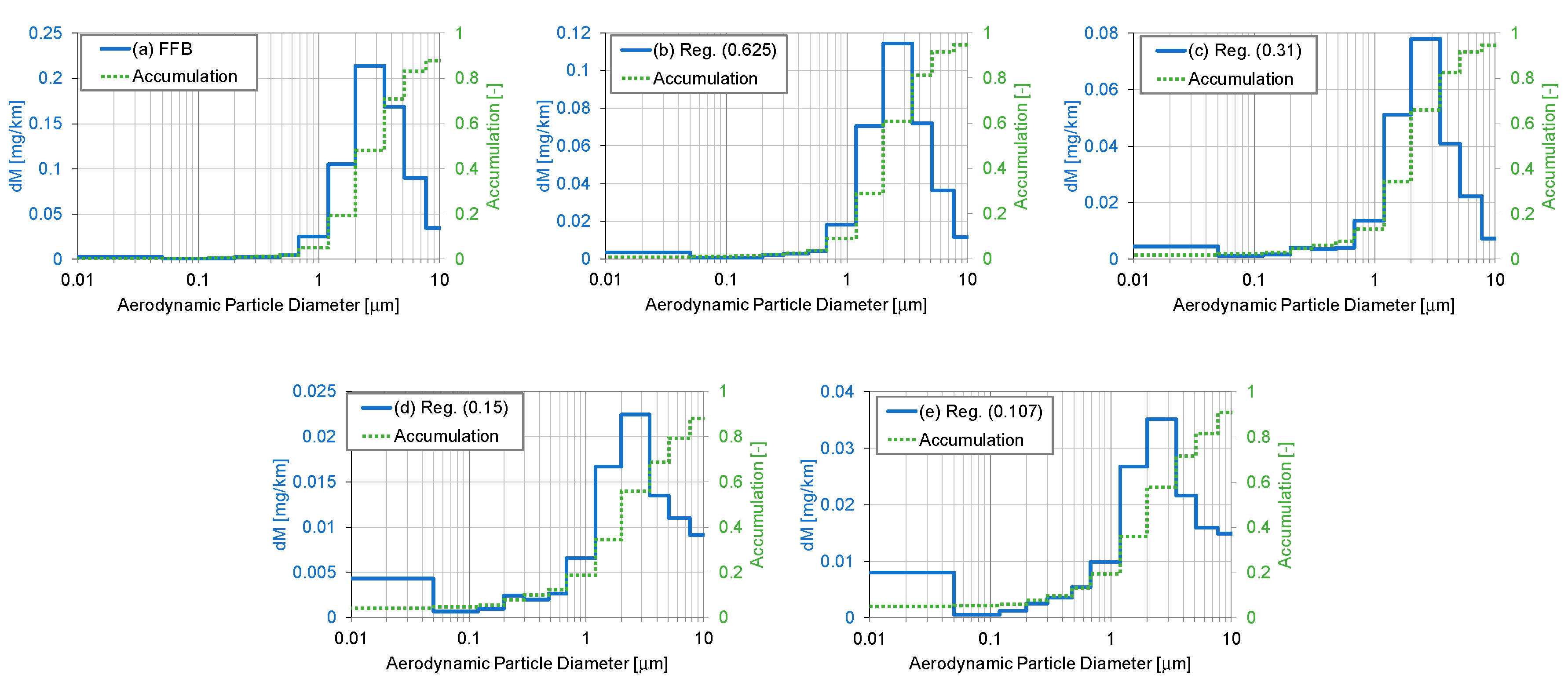
Appendix E. Particle Number Size Distributions
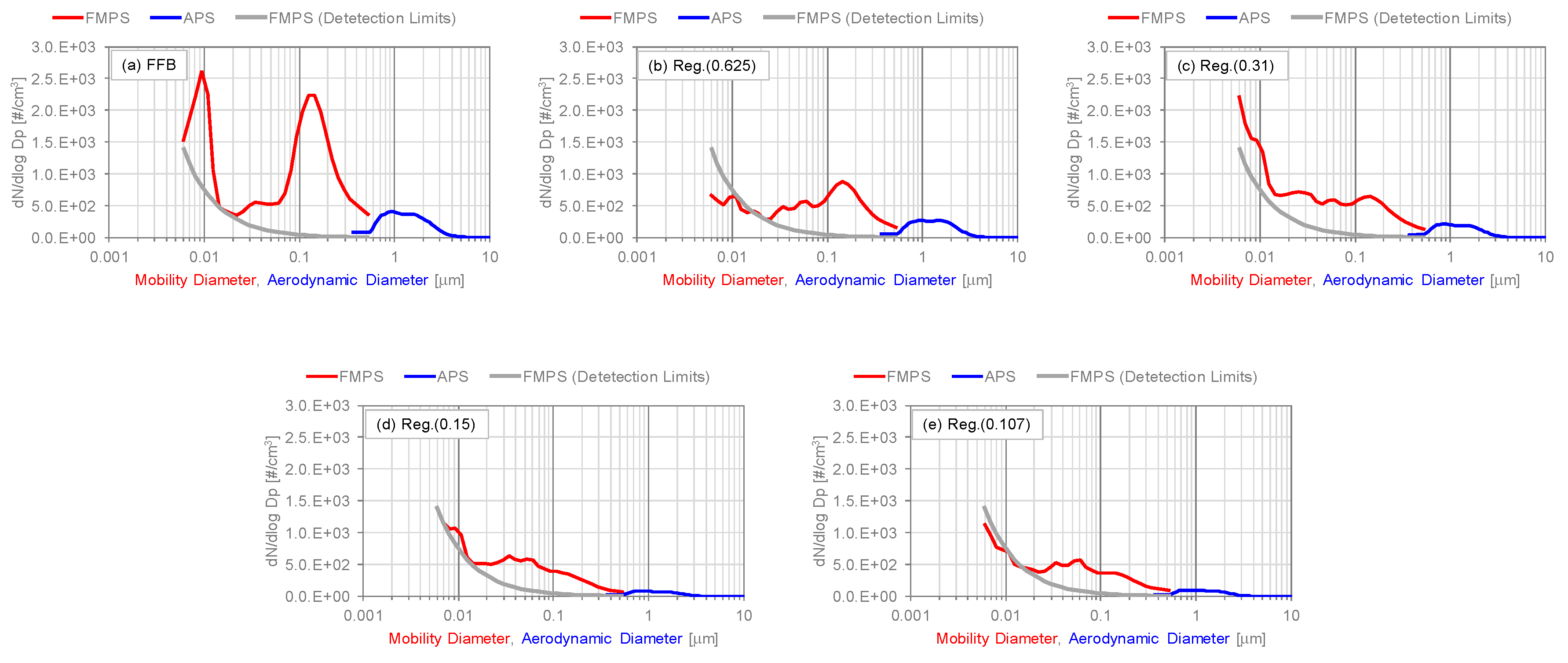
References
- Maricq, M.M. Engine, aftertreatment, fuel quality and non-tailpipe achievements to lower gasoline vehicle PM emissions: Literature review and future prospects. Science of The Total Environment 2023, 866, 161225. [Google Scholar] [CrossRef] [PubMed]
- Fussell, J.C.; Franklin, M.; Green, D.C.; Gustafsson, M.; Harrison, R.M.; Hicks, W.; Kelly, F.J.; Kishta, F.; Miller, M.R.; Mudway, I.S.; Oroumiyeh, F.; Selley, L.; Wang, M.; Zhu, Y. A Review of Road Traffic-Derived Non-Exhaust Particles: Emissions, Physicochemical Characteristics, Health Risks, and Mitigation Measures. Environ. Sci. Technol. 2022, 11, 6813–6835. [Google Scholar] [CrossRef] [PubMed]
- Grigoratos, T.; Martini, G. Brake wear particle emissions: A review. Environ. Sci. Pollut. Res. 2014, 22, 2491–2504. [Google Scholar] [CrossRef] [PubMed]
- Grange, S.K.; Fischer, A.; Zellweger, C.; Alastuey, A.; Querol, X.; Jaffrezo, J.-L.; Weber, S.; Uzu, G.; Hueglin, C. Switzerland’s PM10 and PM2. 5 environmental increments show the importance of non-exhaust emissions. Atmos. Environ. X 2021, 12, 100145. [Google Scholar]
- Piscitello, A.; Bianco, C.; Casasso, A.; Sethi, R. Non-exhaust traffic emissions: Sources, characterization, and mitigation measures. Sci. Total Environ. 2021, 766, 144440. [Google Scholar] [CrossRef] [PubMed]
- Giechaskiel, B.; Maricq, M.; Ntziachristos, L.; Dardiotis, C.; Wang, X.; Axmann, H.; Bergmann, A.; Schindler, W. Review of Motor Vehicle Particulate Emissions Sampling and Measurement: From Smoke and Filter Mass to Particle Number. J. Aerosol Sci. 2014, 67, 48–86. [Google Scholar] [CrossRef]
- Giechaskiel, B.; Melas, A.; Martini, G.; Dilara, P. Overview of Vehicle Exhaust Particle Number Regulations. Processes 2021, 9, 2216. [Google Scholar] [CrossRef]
- Grigoratos, T.; Mathissen, M.; Vedula, R.; Mamakos, A.; Agudelo, C.; Gramstat, S.; Giechaskiel, B. Interlaboratory Study on Brake Particle Emissions—Part I: Particulate Matter Mass Emissions. Atmosphere 2023, 14, 498. [Google Scholar] [CrossRef]
- Niemann, H.; Winner, H.; Asbach, C.; Kaminski, H.; Frentz, G.; Milczarek, R. Influence of Disc Temperature on Ultrafine, Fine, and Coarse Particle Emissions of Passenger Car Disc Brakes with Organic and Inorganic Pad Binder Materials. Atmosphere 2020, 11, 1060. [Google Scholar] [CrossRef]
- Gramstat, S.; Mertens, T.; Waninger, R.; Lugovyy, D. Impacts on Brake Particle Emission Testing. Atmosphere 2020, 11, 1132. [Google Scholar] [CrossRef]
- Mamakos, A.; Kolbeck, K.; Arndt, M.; Schröder, T.; Bernhard, M. Particle Emissions and Disc Temperature Profiles from a Commercial Brake System Tested on a Dynamometer under Real-World Cycles. Atmosphere 2021, 12, 377. [Google Scholar] [CrossRef]
- Mathissen, M.; Grigoratos, T.; Lahde, T.; Vogt, R. Brake Wear Particle Emissions of a Passenger Car Measured on a Chassis Dynamometer. Atmosphere 2019, 10, 556. [Google Scholar] [CrossRef]
- Farwick zum Hagen, F.H.; Mathissen, M.; Grabiec, T.; Hennicke, T.; Rettig, M.; Grochowicz, J.; Vogt, R.; Benter, T. On-Road Vehicle Measurements of Brake Wear Particle Emissions. Atmos. Environ. 2019, 217, 116943. [Google Scholar] [CrossRef]
- Mathissen, M.; Grigoratos, T.; Gramstat, S.; Mamakos, A.; Vedula, R.; Agudelo, C.; Grochowicz, J.; Giechaskiel, B. Interlaboratory Study on Brake Particle Emissions Part II: Particle Number Emissions. Atmosphere 2023, 14, 424. [Google Scholar] [CrossRef]
- GRPE-2023-4e Rev.V6. Clean-(PMP) Proposal to Amend ECE/TRANS/WP.29/GRPE/2023/4. Proposal for a New UN GTR on Laboratory Measurement of Brake Emissions for Light-Duty Vehicles. Available online: https://wiki.unece.org/download/attachments/172852339/GRPE-2023-4e%20Rev.V6.docx?api=v2 (accessed on 22 November 2022).
- Mellios, G.; Ntziachristos, L. Non-Exhaust Emissions: Evaporation & Brake Wear Control. 2021. Available online: https://circabc.europa.eu/sd/a/1c0efc15-8507-4797-9647-97c12d82fa28/AGVES-2021-04-08-EVAP_Non-Exh.pdf (accessed on 22 November 2022).
- Storch, L.; Hamatschek, C.; Hesse, D.; Feist, F.; Bachmann, T.; Eichler, P.; Grigoratos, T. Comprehensive Analysis of Current Primary Measures to Mitigate Brake Wear Particle Emissions from Light-Duty Vehicles. Atmosphere 2023, 14, 712. [Google Scholar] [CrossRef]
- Shibata, Y.; Morikawa, T. Review of the JCAP/JATOP Air Quality Model Study in Japan. Atmosphere 2021, 12, 943. [Google Scholar] [CrossRef]
- Kasai, A. Measures to Reduce Emissions of Particulate Matter from Motor Vehicles (in Japanese). 2017, J. Jpn. Soc. Atmos. Environ., 52, A91-A96. [CrossRef]
- Japanese Standards Association. General Rules of Brake Test Method of Automobiles and Motor Cycles. JIS D 0210, 2022 Edition.
- Lu, D.; Ouyang, M.; Gu, J.; Li, J. Instantaneous Optimal Regenerative Braking Control for a Permanent-Magnet Synchronous Motor in a Four-Wheel-Drive Electric Vehicle. Proc. Inst. Mech. Eng. Pt. D J. Automobile Eng. 2014, 228, 894–908. [Google Scholar] [CrossRef]
- Aksjonov, A.; Vodovozov, V.; Augsburg, K.; Petlenkov, E. Design of Regenerative Anti-Lock Braking System Controller for 4 In-Wheel-Motor Drive Electric Vehicle with Road Surface Estimation. Int.J Automot. Technol. 2018, 19, 727–742. [Google Scholar] [CrossRef]
- Koch, A.; Brauer, J.; Falkenstein, J. Drivability Optimization of Electric Vehicle Drivetrains for Brake Blending Maneuvers. World Electr. Veh. J. 2022, 13, 209. [Google Scholar] [CrossRef]
- Farwick zum Hagen, F.H.; Mathissen, M.; Grabiec, T.; Hennicke, T.; Rettig, M.; Grochowicz, J.; Vogt, R.; Benter, T. Study of Brake Wear Particle Emissions: Impact of Braking and Cruising Conditions. Environ. Sci. Technol. 2019, 53, 5143–5150. [Google Scholar] [CrossRef]
- Bondorf, L.; Köhler, L.; Grein, T.; Epple, F.; Philipps, F.; Aigner, M.; Schripp, T. Airborne Brake Wear Emissions from a Battery Electric Vehicle. Atmosphere 2023, 14, 488. [Google Scholar] [CrossRef]
- Dimopoulos Eggenschwiler, P.; Schreiber, D.; Habersatter, J. Brake Particle PN and PM Emissions of a Hybrid Light Duty Vehicle Measured on the Chassis Dynamometer. Atmosphere 2023, 14, 784. [Google Scholar] [CrossRef]
- Hagino, H.; Oyama, M.; Sasaki, S. Laboratory Testing of Airborne Brake Wear Particle Emissions using A Dynamometer System Under Urban City Driving Cycles. Atmos. Environ. 2016, 131, 269–278. [Google Scholar] [CrossRef]
- Kenny, L.C.; Gussman, R.; Meyer, M. Development of a Sharp-Cut Cyclone for Ambient Aerosol Monitoring Applications. Aerosol Sic. Technol. 2000, 32, 338–358. [Google Scholar] [CrossRef]
- Cassee, F.R.; Héroux, M.-E. Particulate Matter Beyond Mass: Recent Health Evidence on the Role of Fractions, Chemical Constituents and Sources of Emission. In Inhal. Toxicol.; 2013; pp. 802–812. [Google Scholar] [CrossRef]
- WHO Regional Office for Europe. (2013). Review of evidence on health aspects of air pollution – REVIHAAP Project, Technical Report. Copenhagen: WHO Regional Office for Europe. Available from: http://www.euro.who.int/__data/assets/pdf_file/0004/193108/REVIHAAP-Final-technical-report.pdf. (accessed on 22 November 2022).
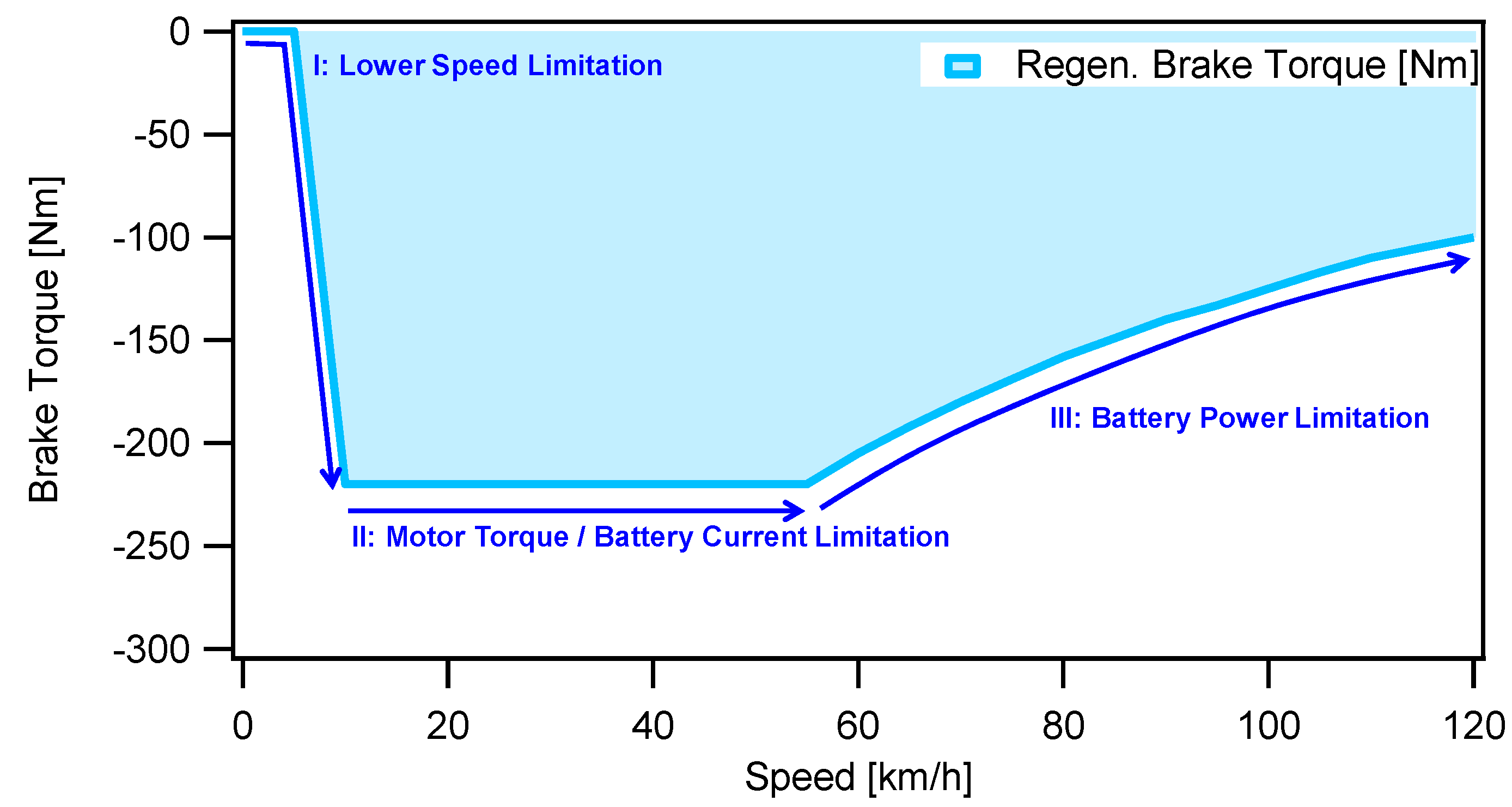
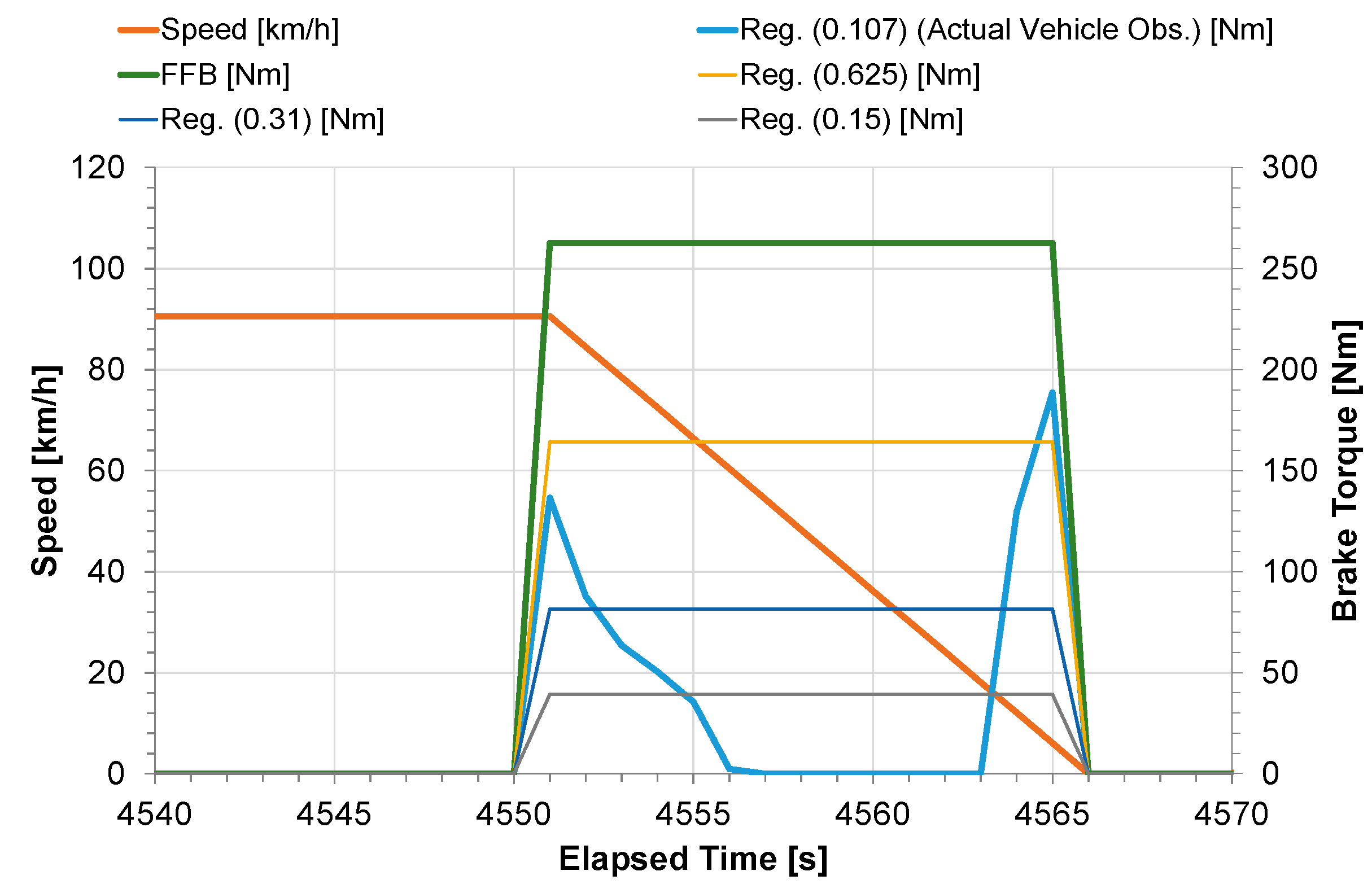
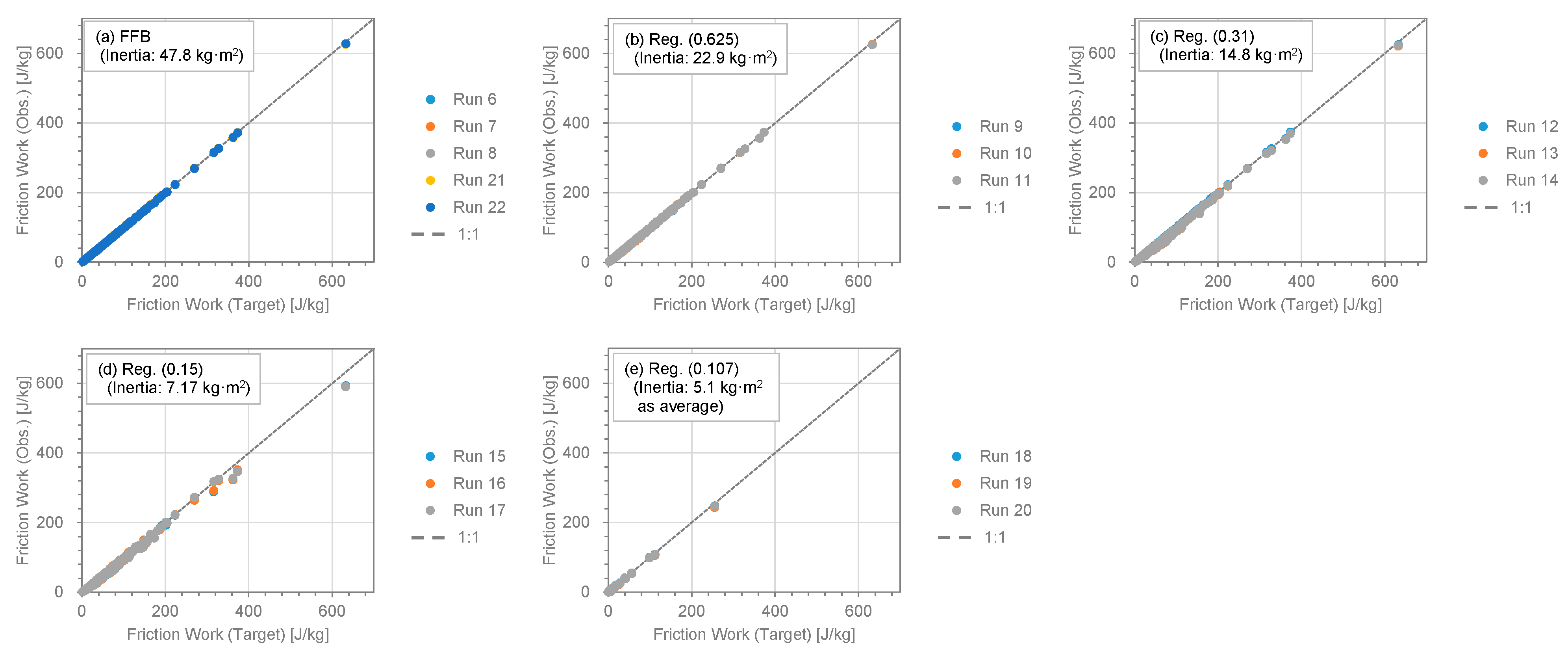
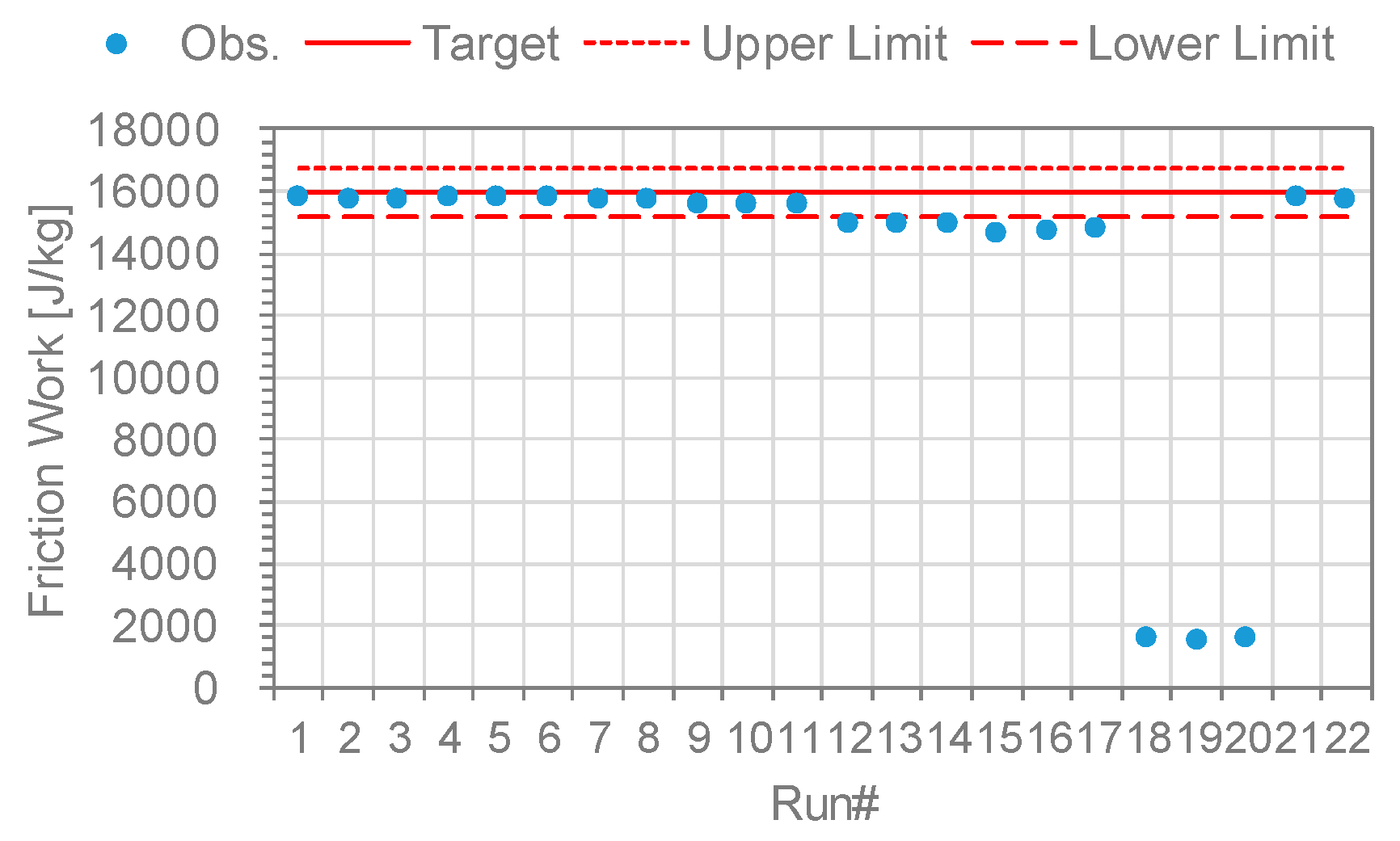
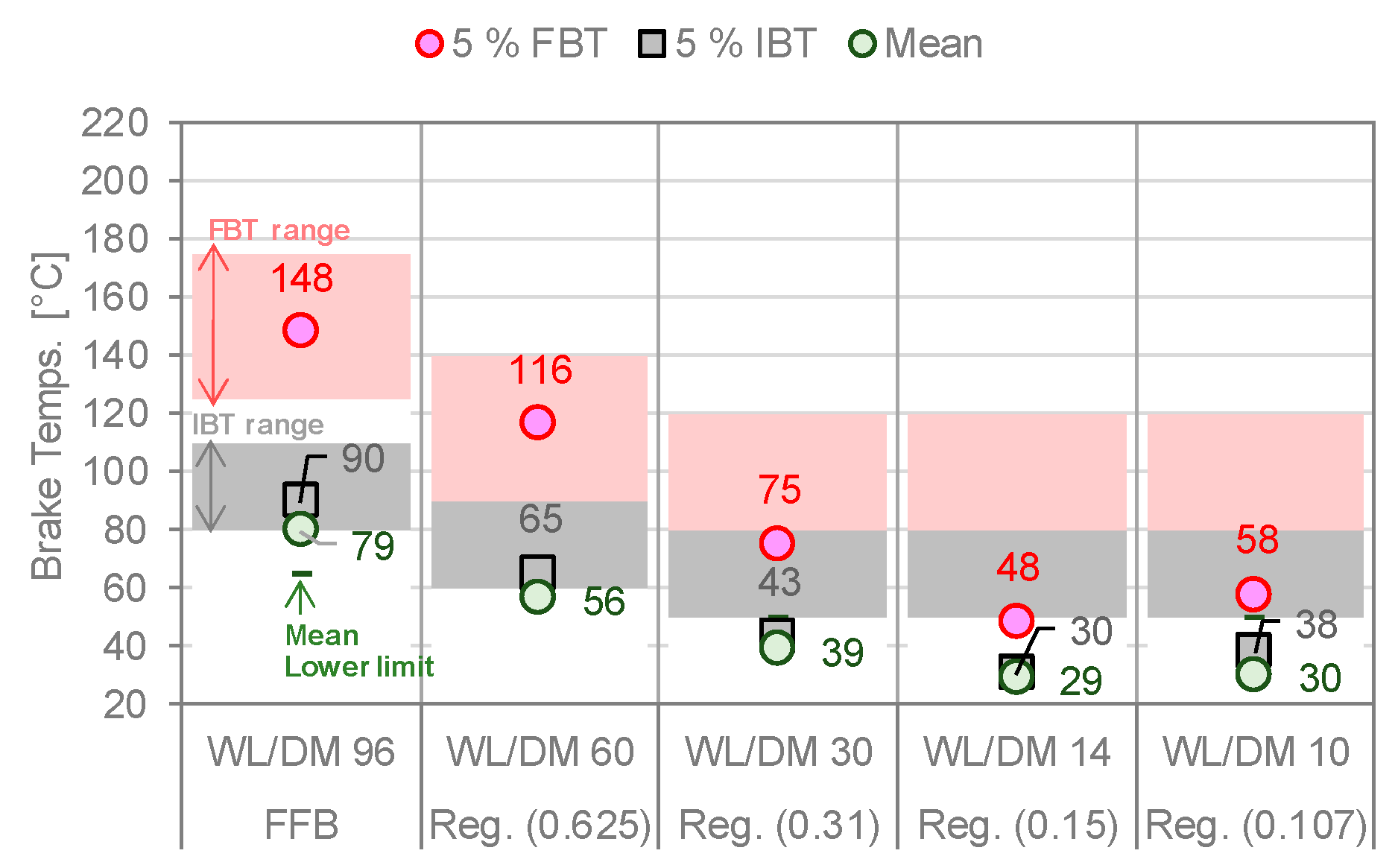
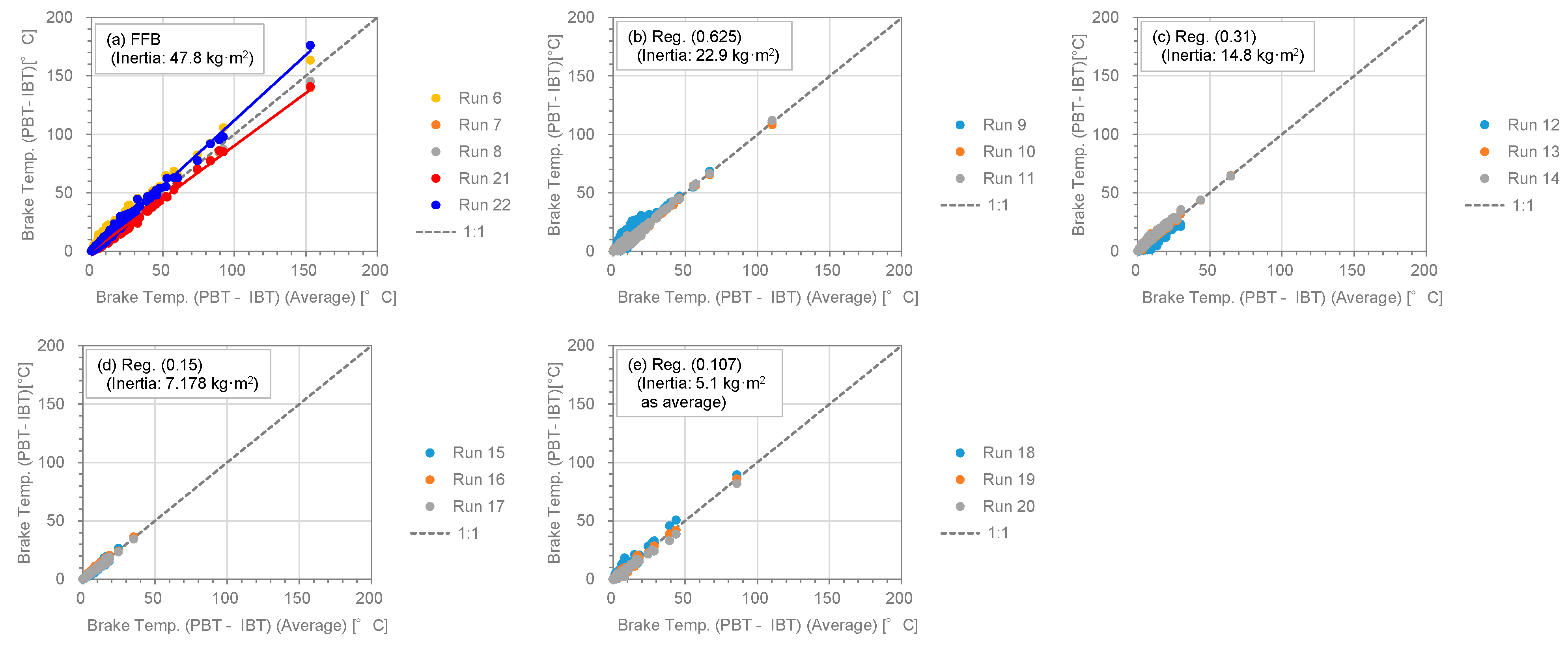
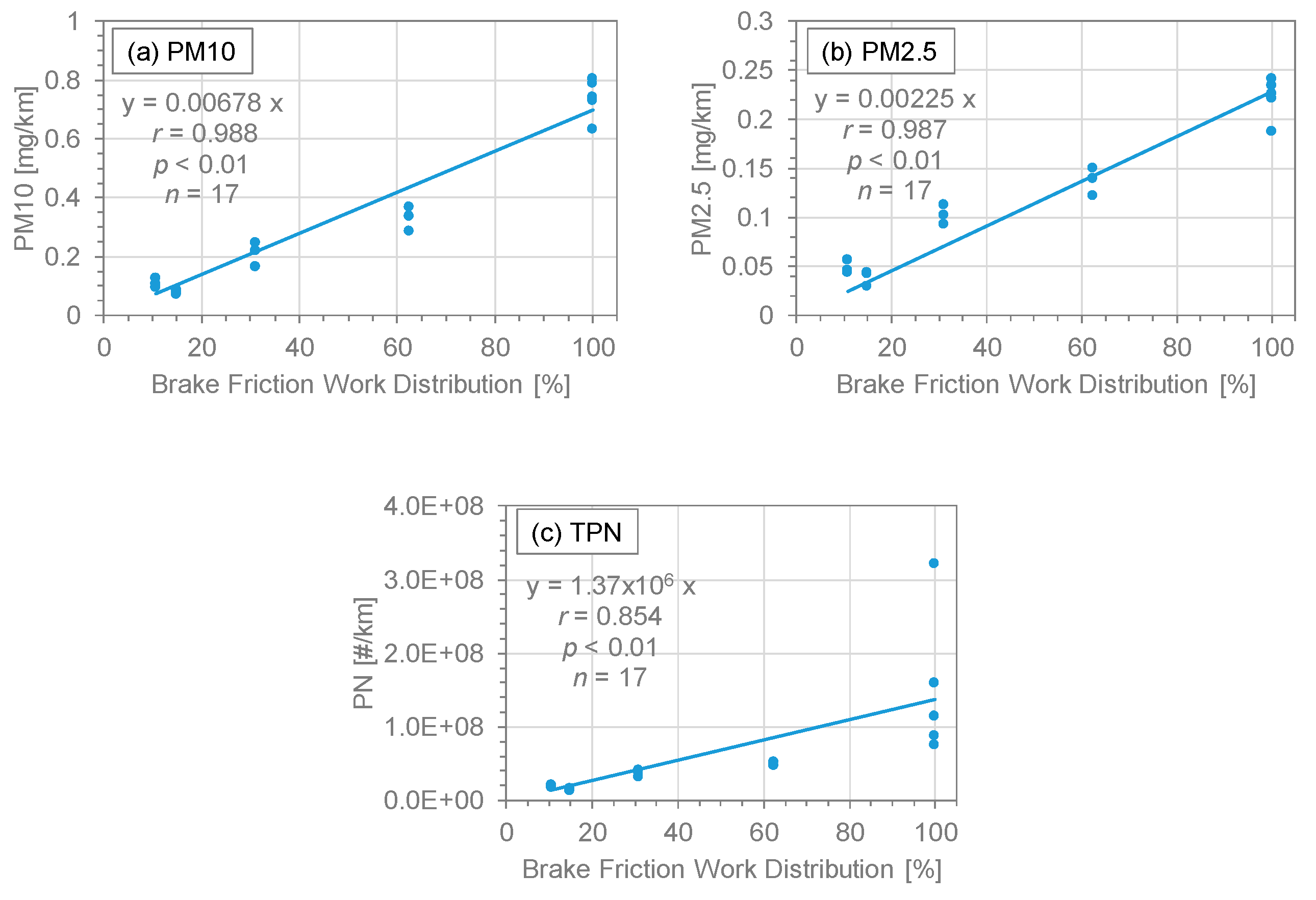
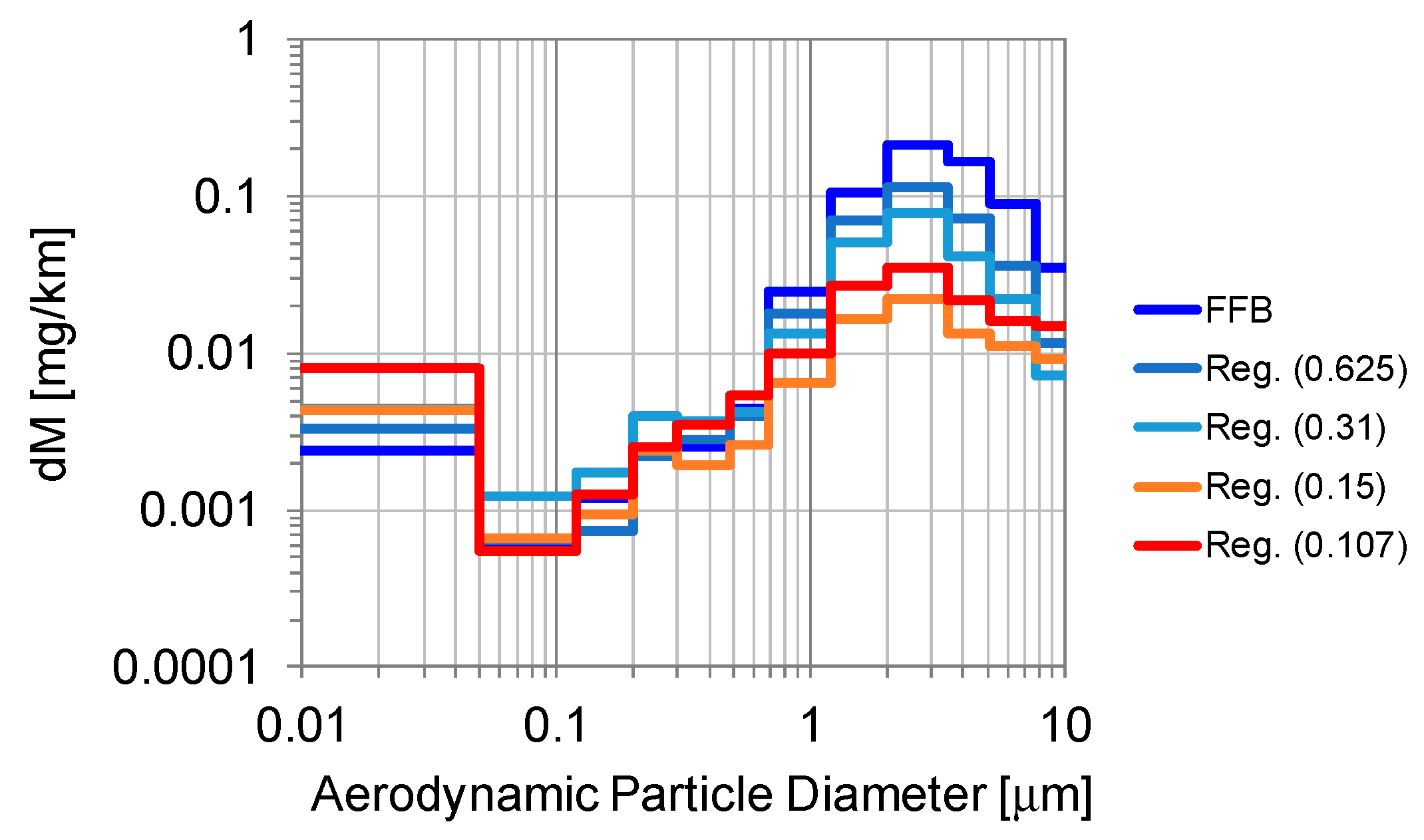
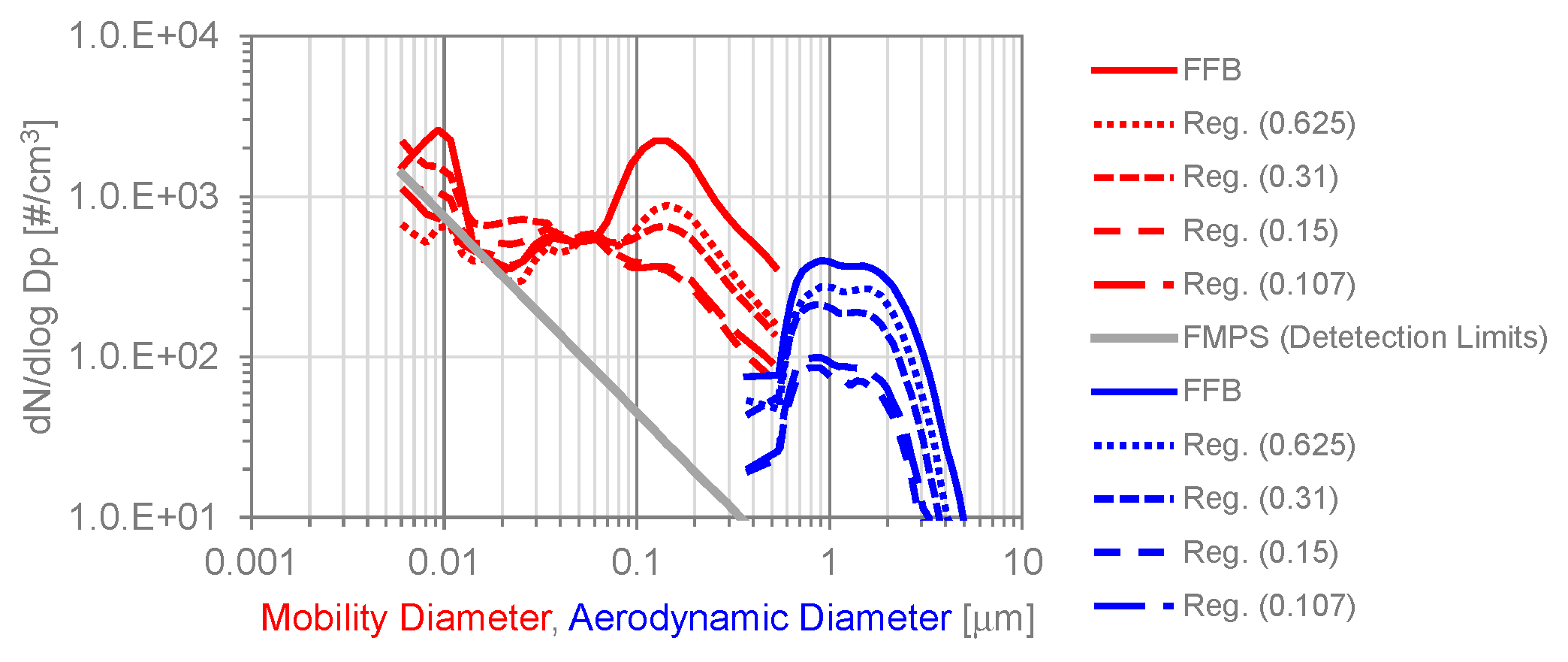
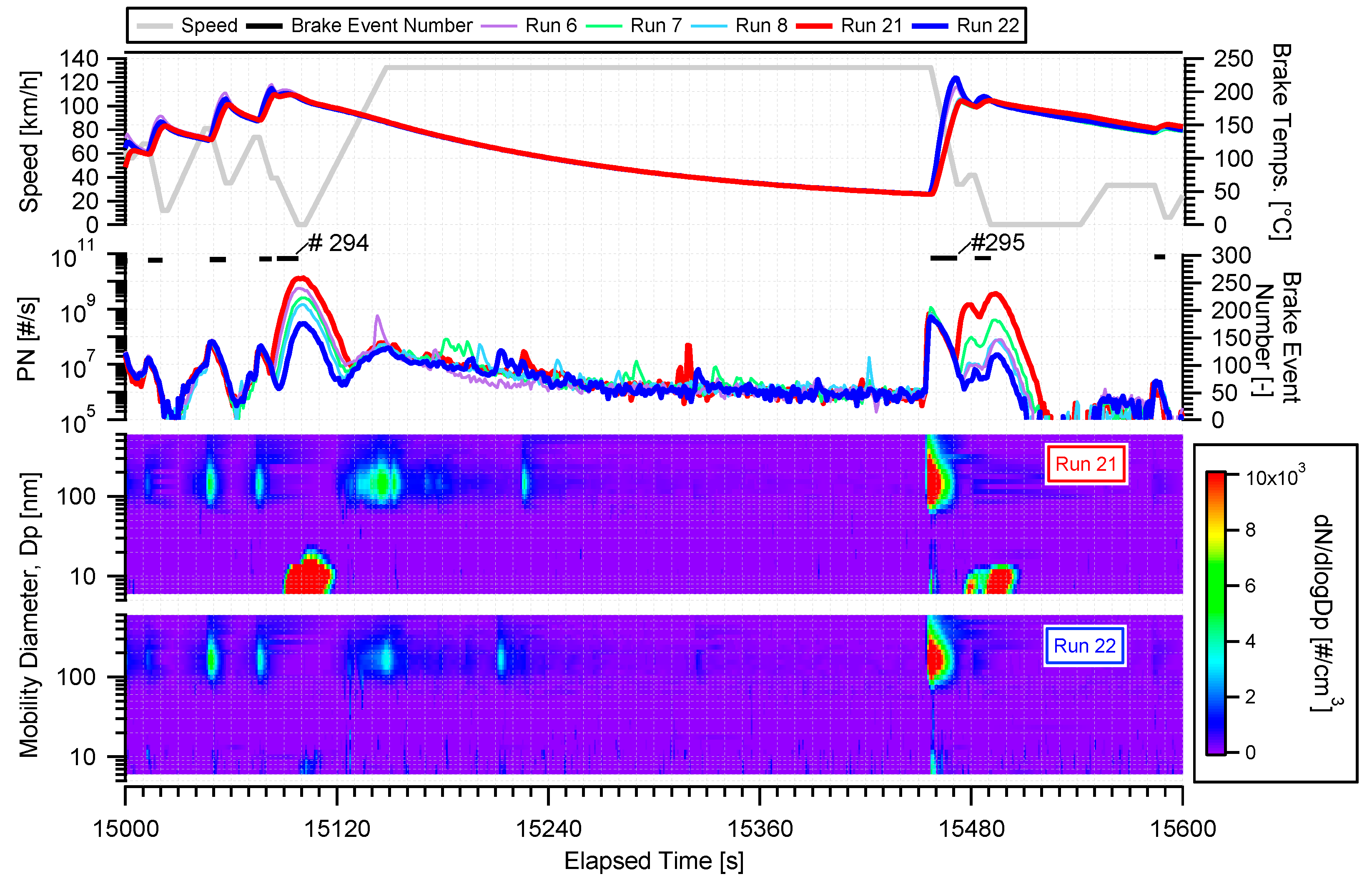
Disclaimer/Publisher’s Note: The statements, opinions and data contained in all publications are solely those of the individual author(s) and contributor(s) and not of MDPI and/or the editor(s). MDPI and/or the editor(s) disclaim responsibility for any injury to people or property resulting from any ideas, methods, instructions or products referred to in the content. |
© 2023 by the authors. Licensee MDPI, Basel, Switzerland. This article is an open access article distributed under the terms and conditions of the Creative Commons Attribution (CC BY) license (http://creativecommons.org/licenses/by/4.0/).





